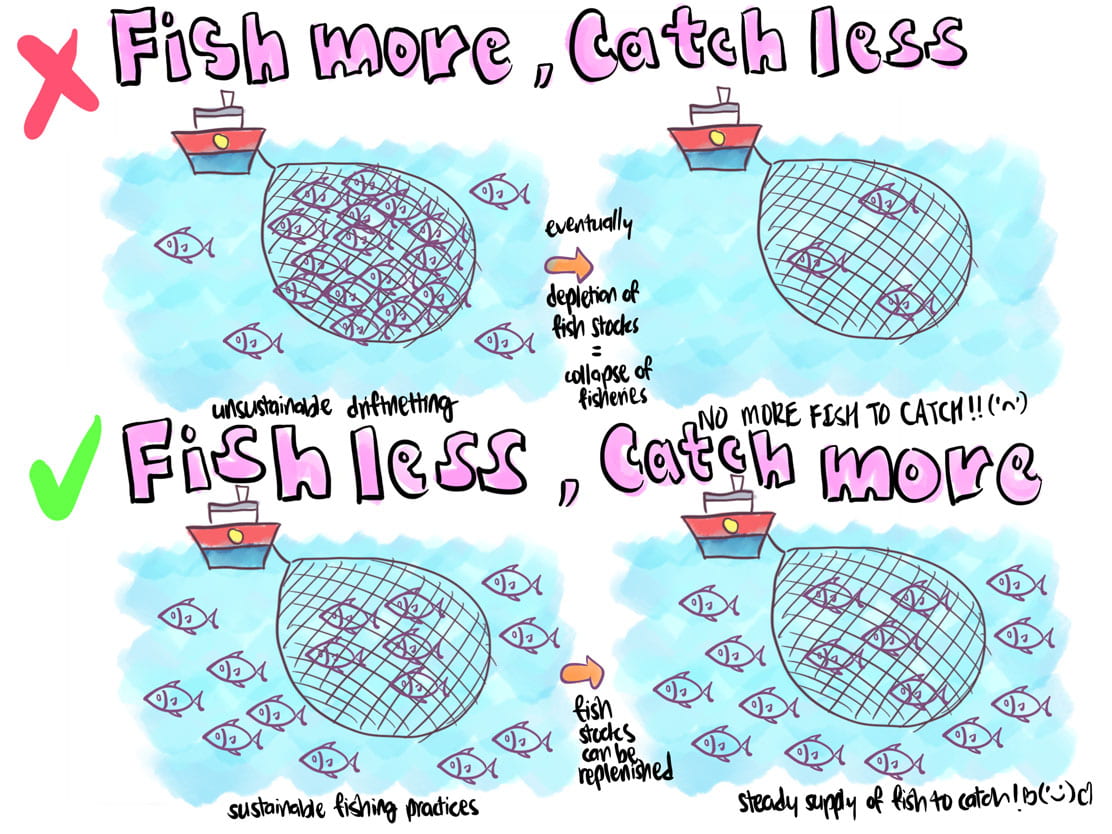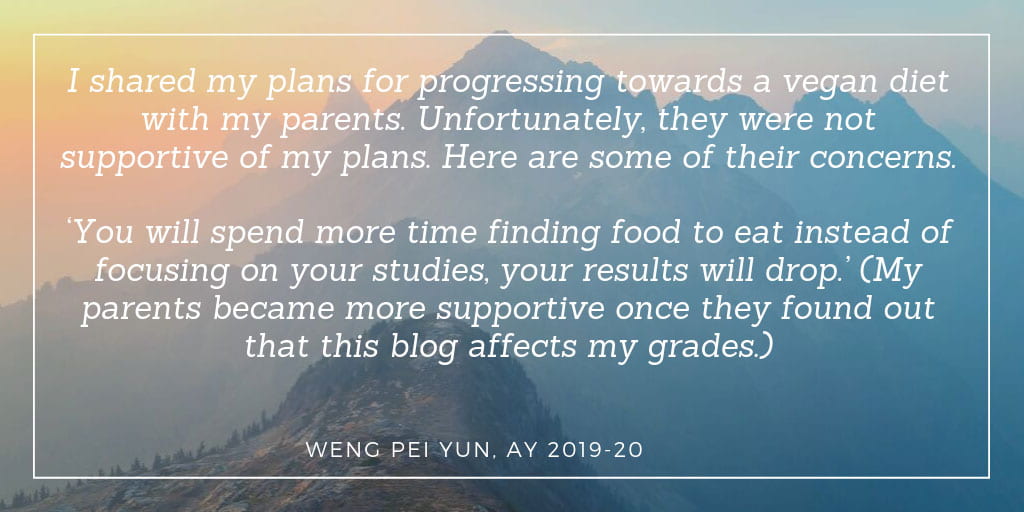It’s July 2020 and a new academic year is about to begin. In the nearly eight years since I joined NUS, I’ve interacted with hundreds of students. In the BES programme alone, I’ve taught some 450 of them (and I’m about to meet 47 more). And I’ve managed to get to know them all personally to some extent and to learn all their names. No easy feat, and I admit it’s taking me longer each year to get the class list down pat. Maybe a sign of being in my 40s. Or maybe 450 students is approaching my cranial saturation point for names – that’s one student per ppm CO2 that we think our atmosphere can maximally handle before we reach a tipping point – coincidence?
But this page isn’t about my brain capacity. It’s about my belief in the importance of treating all human beings as unique individuals with something intriguing to offer. No matter what they look like, where they come from, whether they worship a god or many gods, who they love or what their net worth is.
To me, students are more than just names and matric numbers. And though it takes effort to interact with them deeply (whether in coaching them on their assignments or in informal chats), it’s integral to who I am and what I believe. Namely, that as educators, we have some key influence over our students. Depending how we interact with them, we can increase the chances that they will meet the high bar we set for them, i.e., by clearly communicating our expectations, showing we have faith in them and making our classrooms truly equitable. Ultimately, we can help to empower them to go forward and find rewarding careers and, maybe above all, to help solve the environmental crisis.
Doing that is going to take tremendous collaboration, critical-thinking and creativity, which is why I emphasise these three core skills in all assignments I give my students. And man, do they ever get creative. Indeed, they’ve showcased some talents I might never have known about had I not given them a safe avenue to explore, i.e., by giving positive reinforcement when they use them to good effect.
So, last year, I decided to build this page to showcase some memorable creations by my students. Not sure why I never thought of doing this before, but maybe because I’ve been so busy learning 450 names, teaching, doing research and leading overseas, experiential field courses.
Here’s one from a year 1 student in 2019-20. Her name is Vera, and her blog assignment focused on the issue of human consumption of fish, including overfishing, destructive fishing and aquaculture. In one post, she covered different types of fishing gear, focusing mainly on longlining (where a vessel drags a super long main line baited with hundreds of hooks) and purse seining (basically a vessel hangs a huge net to capture schooling fish by closing the net around them like a purse). As part of her post, she made this effective and beautiful piece of outreach artwork. 
Some students also showcase a flair for writing in their blogs, and occasionally I discover that a student has a razor-sharp wit. Like Pei Wen’s. Her blog was about veganism. For the assignment, she chose to go vegan, and offered her critical analysis of this and other diets in terms of their environmental implications and chronicled her journey to veganism. The quote below from one of her posts – it made me laugh harder than maybe anything I’ve ever read in a student’s blog. Classically SG.